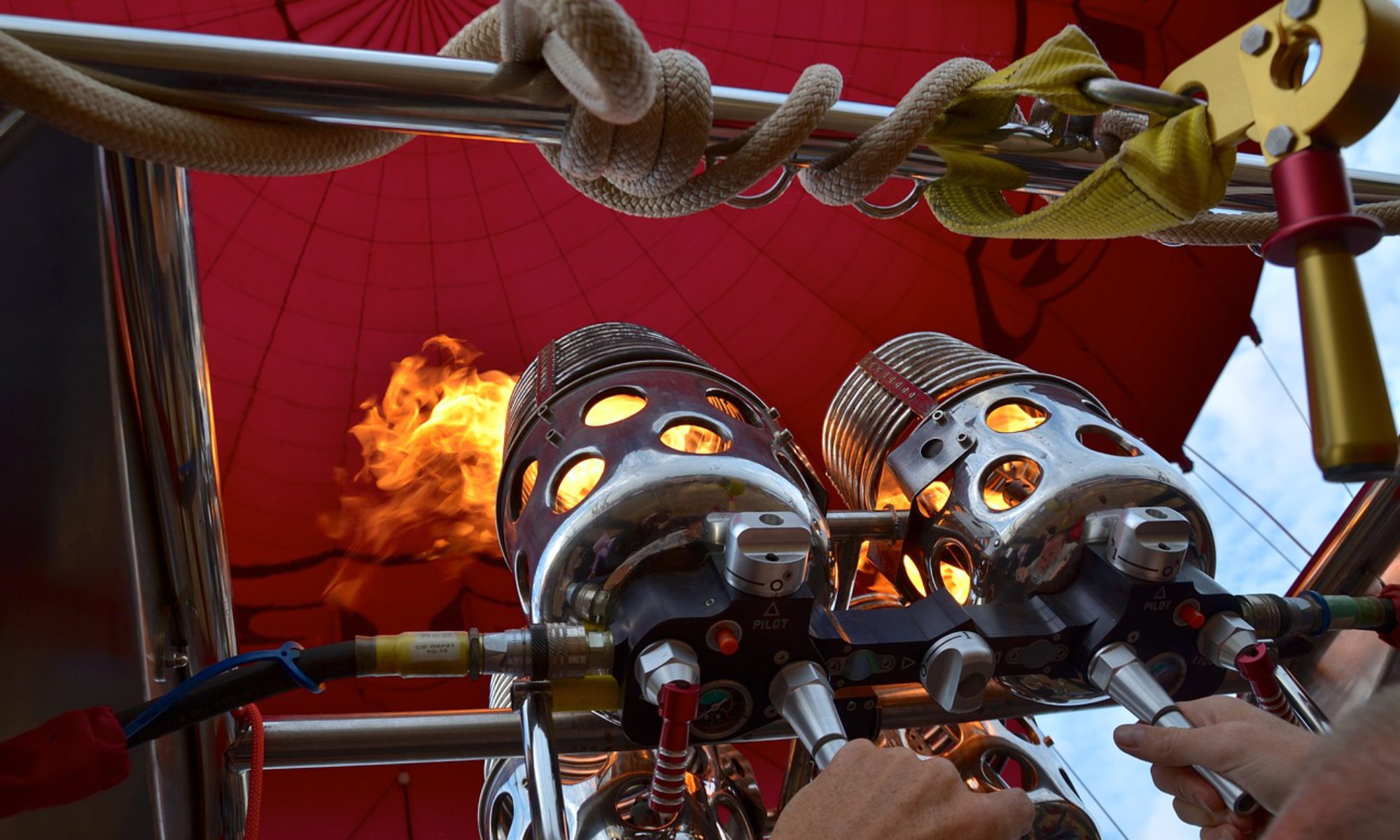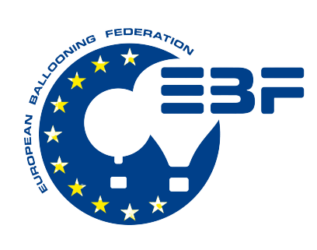Present:
Executive Committee:
France : Patricia Lamy (President) – PL
Holland: Karel Abbenes (VP) – KA
UK : Phil Dunnington (Secretary general) – PD
Denmark : Jan Andersen – (Deputy Treasurer) JA
Members:
Belgium: Yves Lavoy and Kris Houtmeyer,
Spain: Neus Llado
Apologies:
Czech republic, Petr Kubicek, member
Austria, Thomas Herndl (VP)
- Start of the meeting and attending members.
The assembly started at 10:30 am at the Brussels airport Sheraton, with a welcome from the president.
- Moral report (2016 report)
Then PL, PD and KA began by reading and commenting on the 2016 report, detailed on attached power point presentation, explaining what EBF did during the year.
Part OPS:
The main point was that, although some rule making tasks (RMT) are going forward technically, the final work is blocked by the EC legal department: For instance, new OPS rules have not been voted yet, although there were 3 committee meetings since the Opinion was issued. We also learnt from EASA that 21 opinions are in the pipeline but normally only 3 to 7 were processed in 2016….
It is possible now that, a light AOC, or a “BOC” could be adopted. This situation is quite complex, and it is even more complex for countries like Germany, Spain, Hungary, Poland, who have already accepted the AOC.
FCL (licenses)
The RMT should end in May. If it is the case and FCL/DTO are ready in June, then the new rules should be voted at the next committee meeting, but, it is quite likely that the situation will be the same as OPS.
The age limit for commercial ballooning will be postponed from 65 to 70 at least, although the problem is more the physical shape of the pilot than the age, so in theory there should not be any problem to fix the limit at 75. Furthermore, many instructors/examiners are aged more than 75 and it would be very damageable to deny them the privilege of instructing
The conflict is because AMEs (which every country has) have self-interest in supporting a system which requires them to undertake all aviation medicals, and they also control EASA regulation on Part MED. EBF are not, however, suggesting Class II is not required for commercial operations, but that something less (Class 3 or 4) or GP declaration is sufficient for private licences.
- Finance report:
Jan Andersen produced the 2015 and 2016 accounts, as 2015 could not be correctly processed at the time. Account sheets, which show that EBF finances are balanced and clear are attached to these minutes.
- Votes:
All reports (policy and financial) were approved.
The General Assembly decided to re-elect the 3 outgoing members who expressed their wish to stay on the board for two more years:
President: Patricia lamy
VP: Karel Abbenes
Secretary General: Phil Dunnington
- Discussions
Communications: how to inform members correctly, when the topics are complicated and situations change continuously? The idea of a Facebook campaign with “calls” to increase the number of members was rejected, but it was agreed to put factual information on our website, with a relay on the FB page.
Manufacturers meeting: Neus Llado (Spain) raised the question of a manufacturers meeting, that used to take place yearly with EASA, but has been cancelled because of the existence of EBF. PL will contact Yves Morier at EASA to explain that this meeting is really useful, and does not conflict with RMT’s and EBF work.
Gas transport: question raised by Denmark (Jan Andersen). It is quite urgent to get a European legal framework for road transport of balloon gas tanks. We need to contact in each country the person who represents gas providers at the European meeting of Gas providers, in order to do some lobbying and try to get simple and safe regulations.
Member states fees: question raised by Denmark (Jan Andersen): why do all member states pay an annual fee of 500€? The alternative would be that countries with a small number of pilots pay less, and countries with a large number pay more.
The answer to this was given by Phil Dunnington: when EBF was created, both possibilities were studied, and the discussion took a long time. It was finally decided that each country would have one vote, thus all member states would be equal. This was praised supported by “small” countries like Belgium and Netherlands. Furthermore, it is quite difficult to calculate the real number of pilots in each country. Per-pilot pro-rata the rates are still seen as minimal.
The meeting ended at 2 pm.
Attachments:

